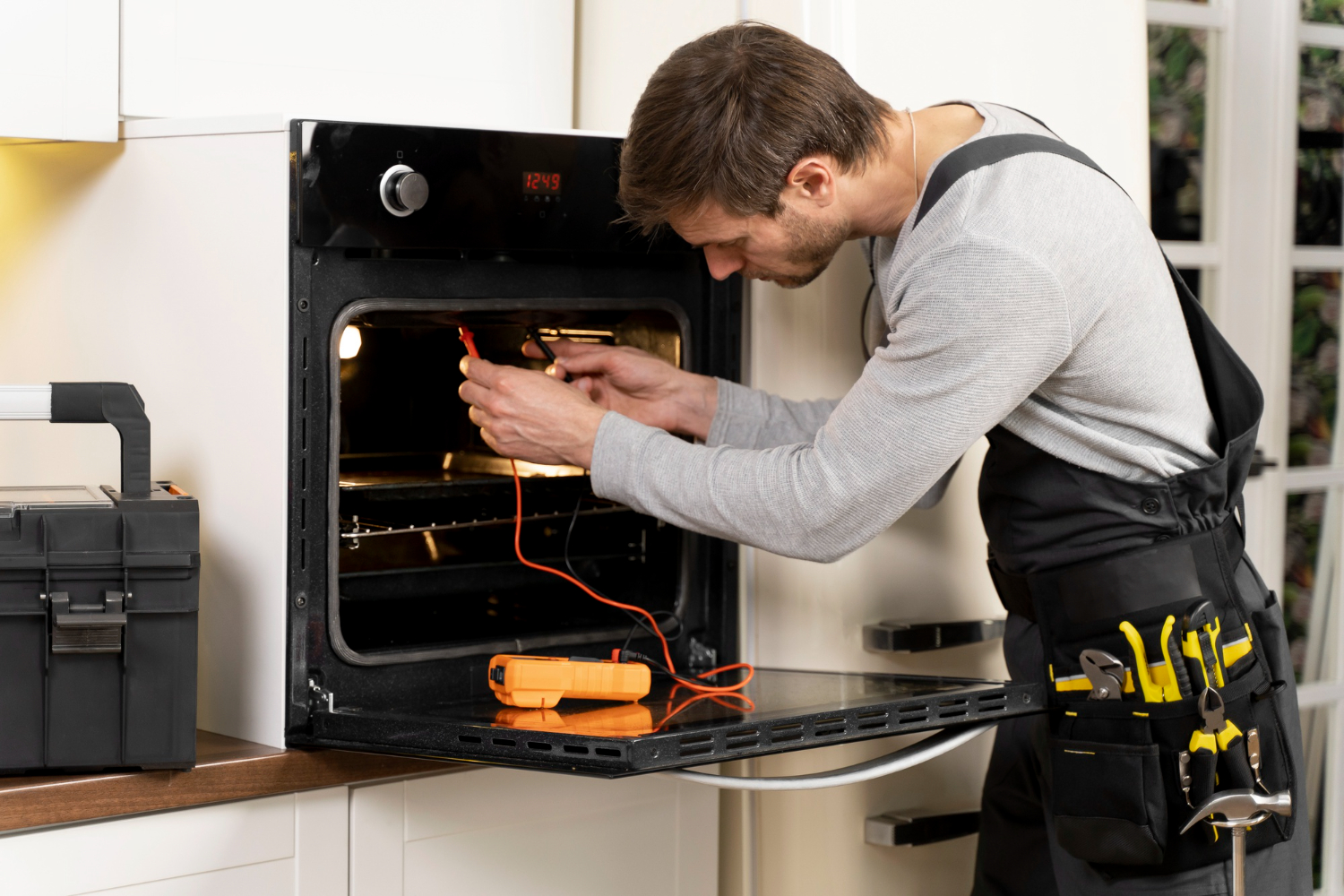Installing an electric cooker requires careful attention to safety to prevent electrical hazards and ensure the appliance operates efficiently. Here are some important precautions to follow during the installation process:
1. Turn Off Power Supply
Before beginning any installation work, ensure that the power supply to the area where the cooker will be installed is turned off at the main circuit breaker. This prevents the risk of electric shock while working with electrical components.
2. Verify Power Requirements
Check the manufacturer’s specifications to ensure that the electrical supply in your kitchen meets the requirements for the electric cooker. This includes voltage, amperage, and circuit type. If necessary, consult a qualified electrician to assess and upgrade the electrical system.
3. Use Proper Wiring and Connections
Use only high-quality electrical wiring and connections suitable for the load of the electric cooker. Ensure that all connections are properly secured and insulated to prevent the risk of electrical shorts or fires.
4. Install Ground Fault Circuit Interrupter (GFCI)
Install a Ground Fault Circuit Interrupter (GFCI) outlet or breaker to provide additional protection against electric shock, especially in areas where water is present, such as kitchens. GFCIs detect abnormal currents and trip the circuit to prevent electrical accidents.
5. Follow Manufacturer’s Instructions
Carefully read and follow the manufacturer’s installation instructions provided with the electric cooker. These instructions include important safety guidelines specific to your appliance, such as clearance requirements and wiring diagrams.
6. Ensure Proper Ventilation
Ensure that the area where the electric cooker is installed has adequate ventilation to dissipate heat generated during cooking. Avoid installing the cooker in enclosed spaces without proper airflow, as this can lead to overheating and potential damage to the appliance.
7. Check for Stability
Ensure that the electric cooker is installed on a stable and level surface to prevent tipping or instability during use. Use adjustable feet or leveling devices to ensure proper alignment and stability.
8. Secure Loose Components
Check that all components, such as knobs, handles, and panels, are securely attached to the cooker before use. Loose components can pose a safety hazard and should be tightened or replaced as needed.
9. Test Before Use
After installation is complete, test the electric cooker to ensure that it is functioning properly before regular use. Check that all controls, heating elements, and safety features are working as intended.
10. Consult a Professional
If you are unsure about any aspect of the installation process or if you encounter any difficulties, consult a qualified electrician or appliance installer for assistance. It is better to seek professional help to ensure the safety and proper functioning of your electric cooker.
By following these precautions, you can ensure a safe and successful installation of your electric cooker, providing you with a reliable and efficient appliance for your kitchen. Safety should always be a top priority when working with electrical appliances.







